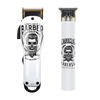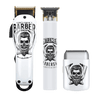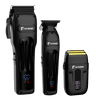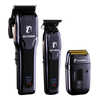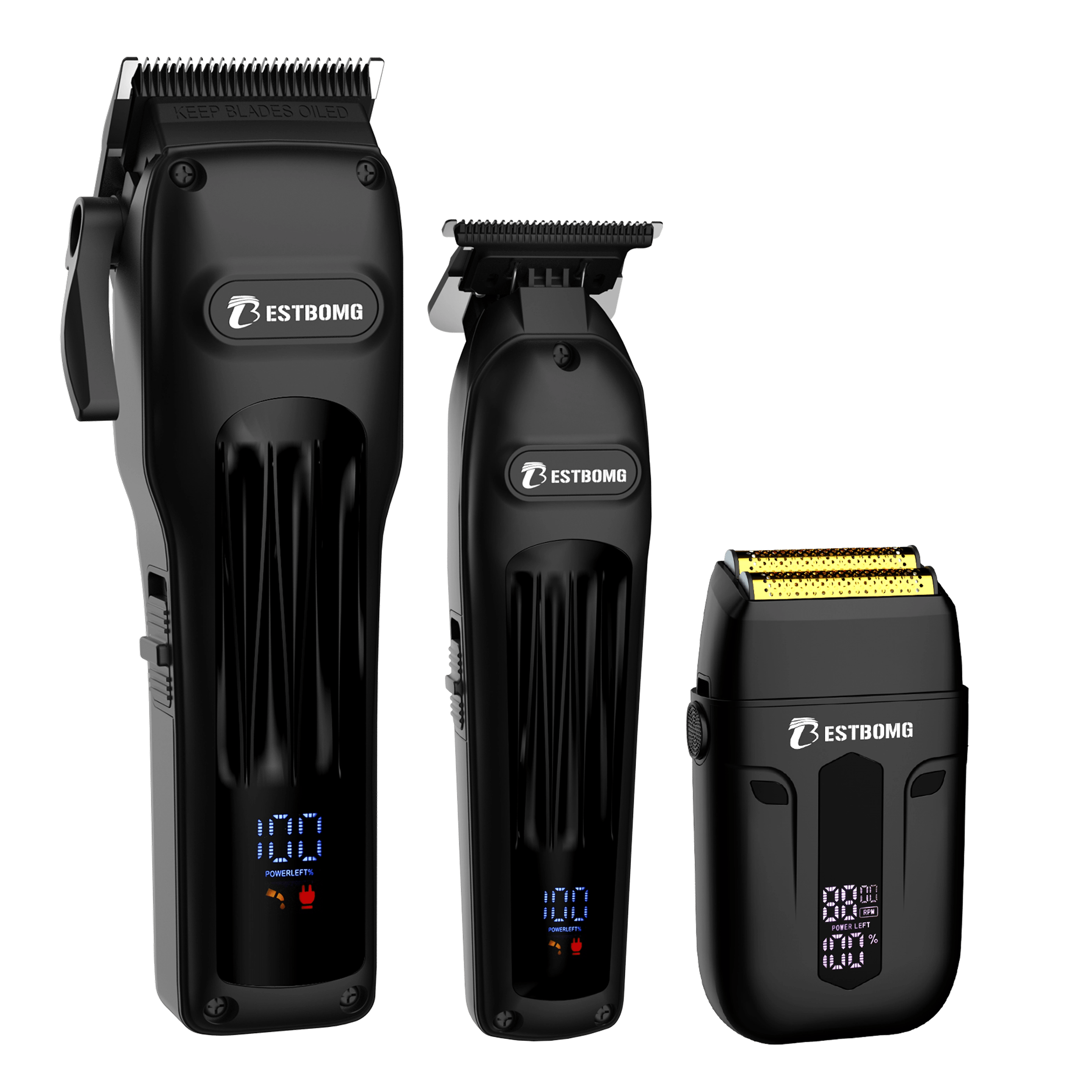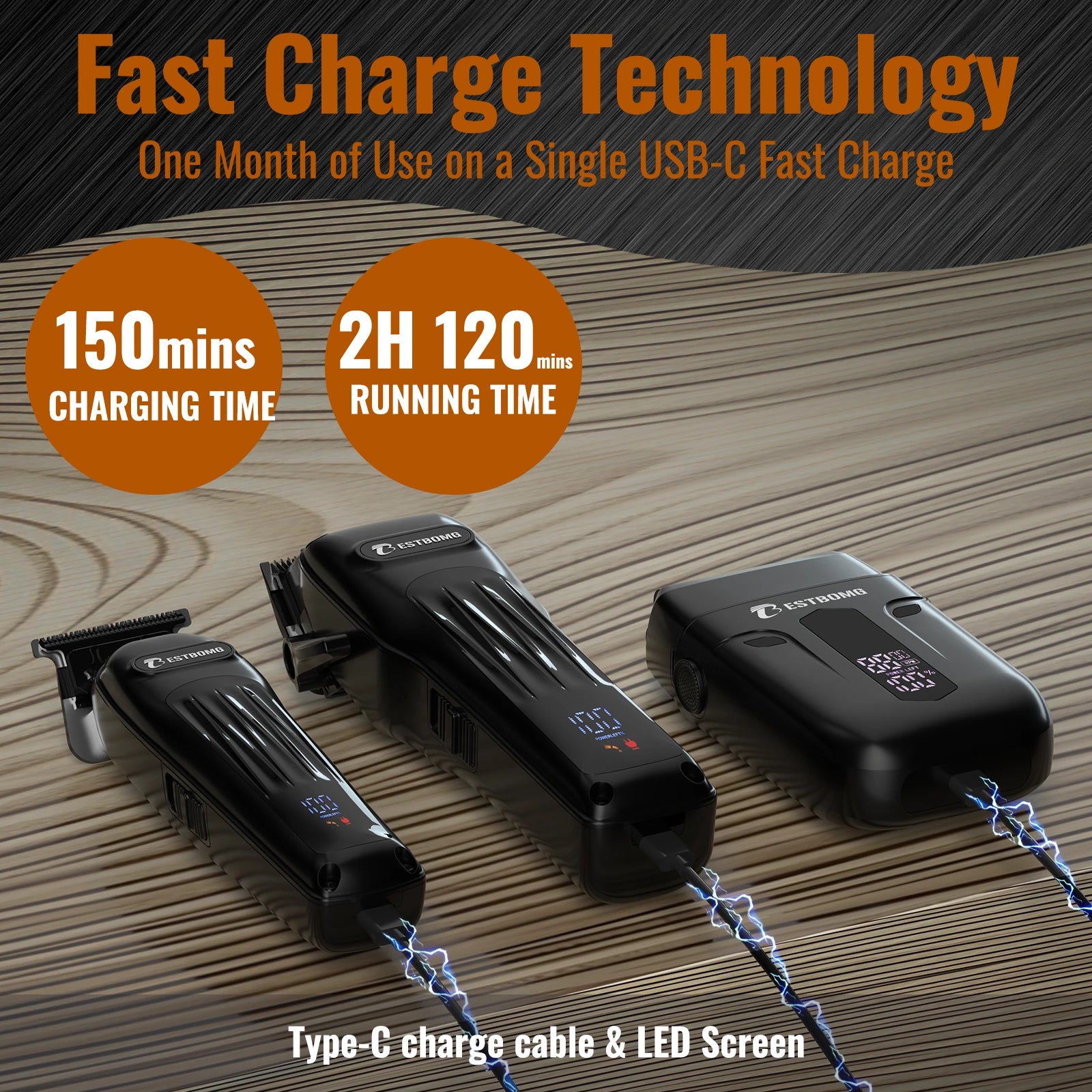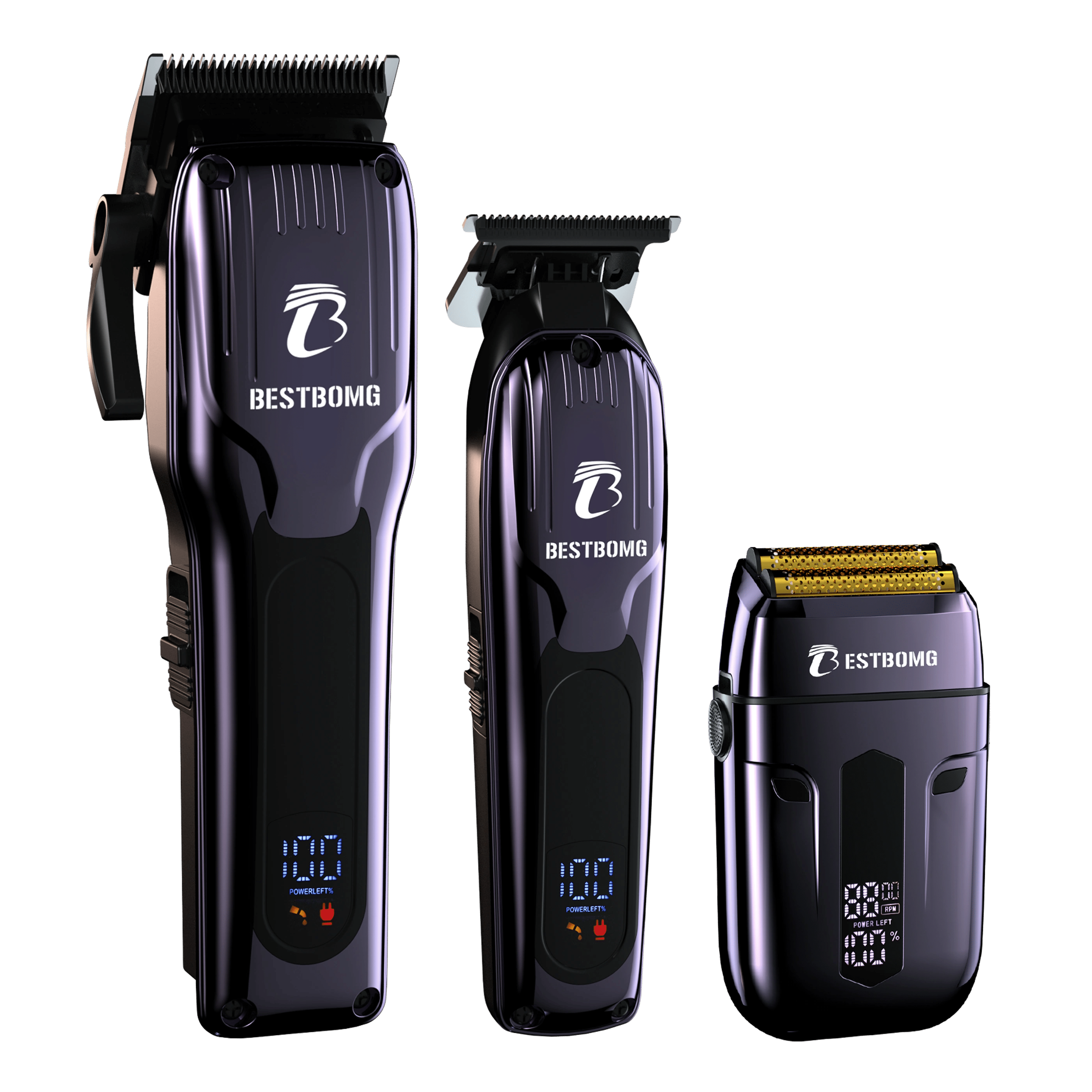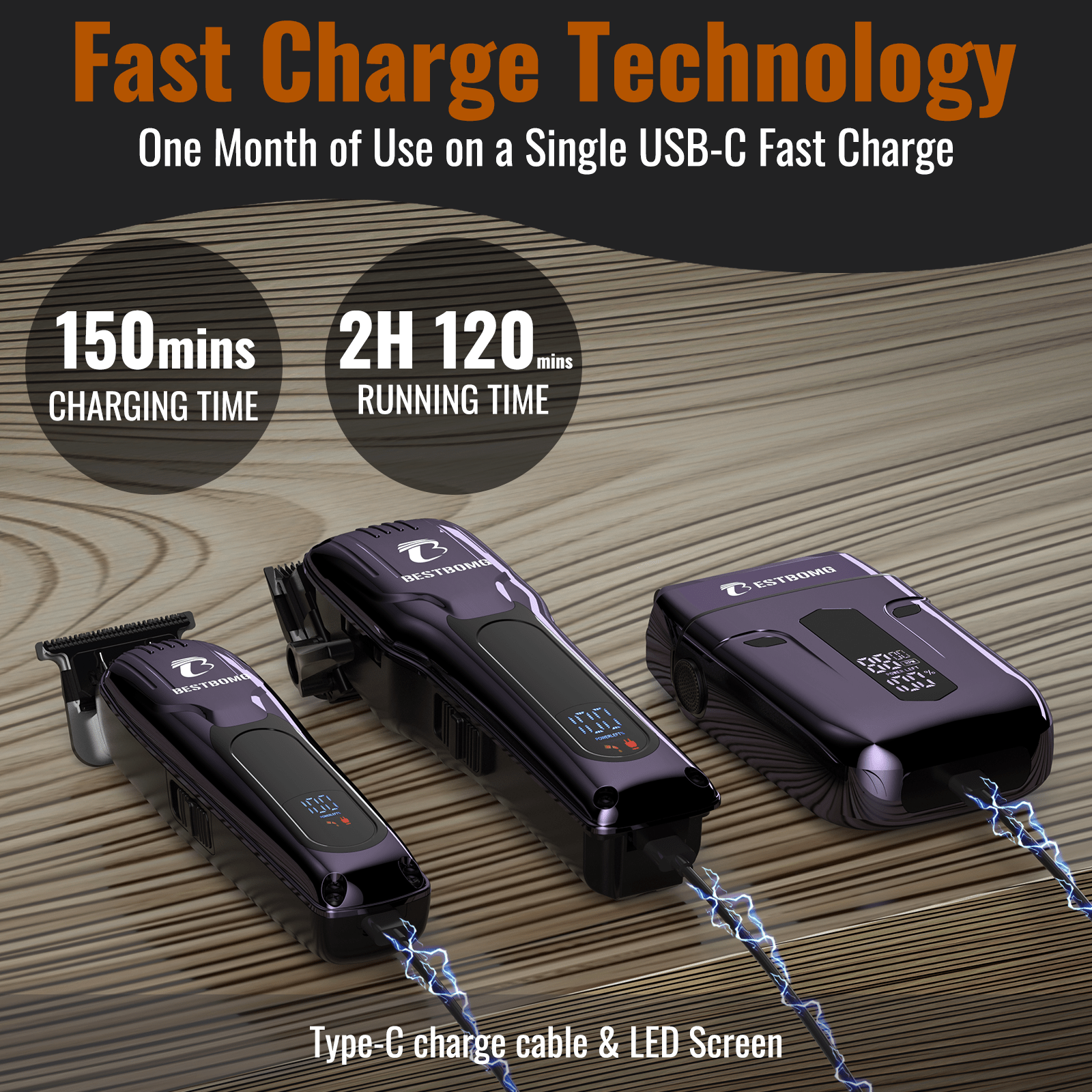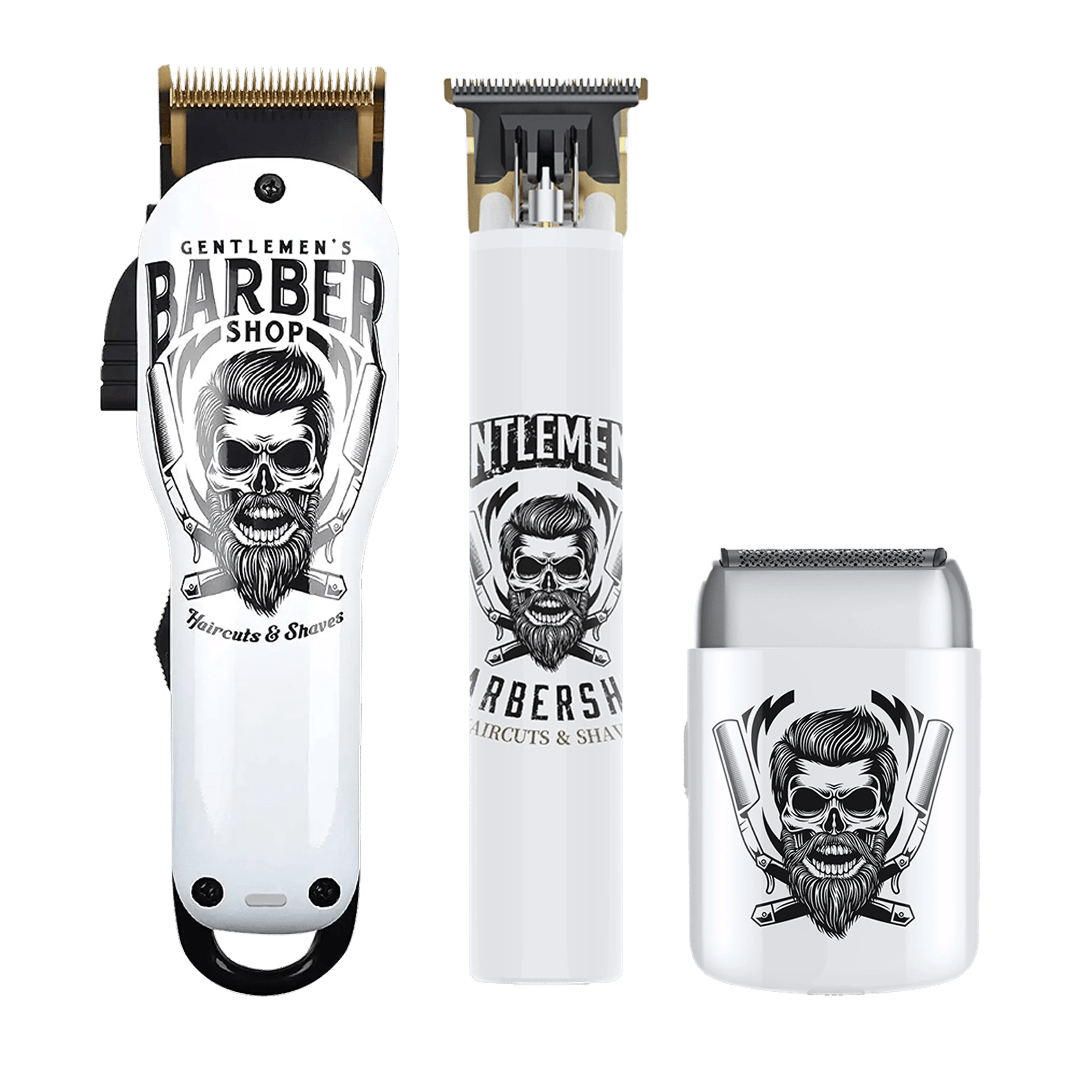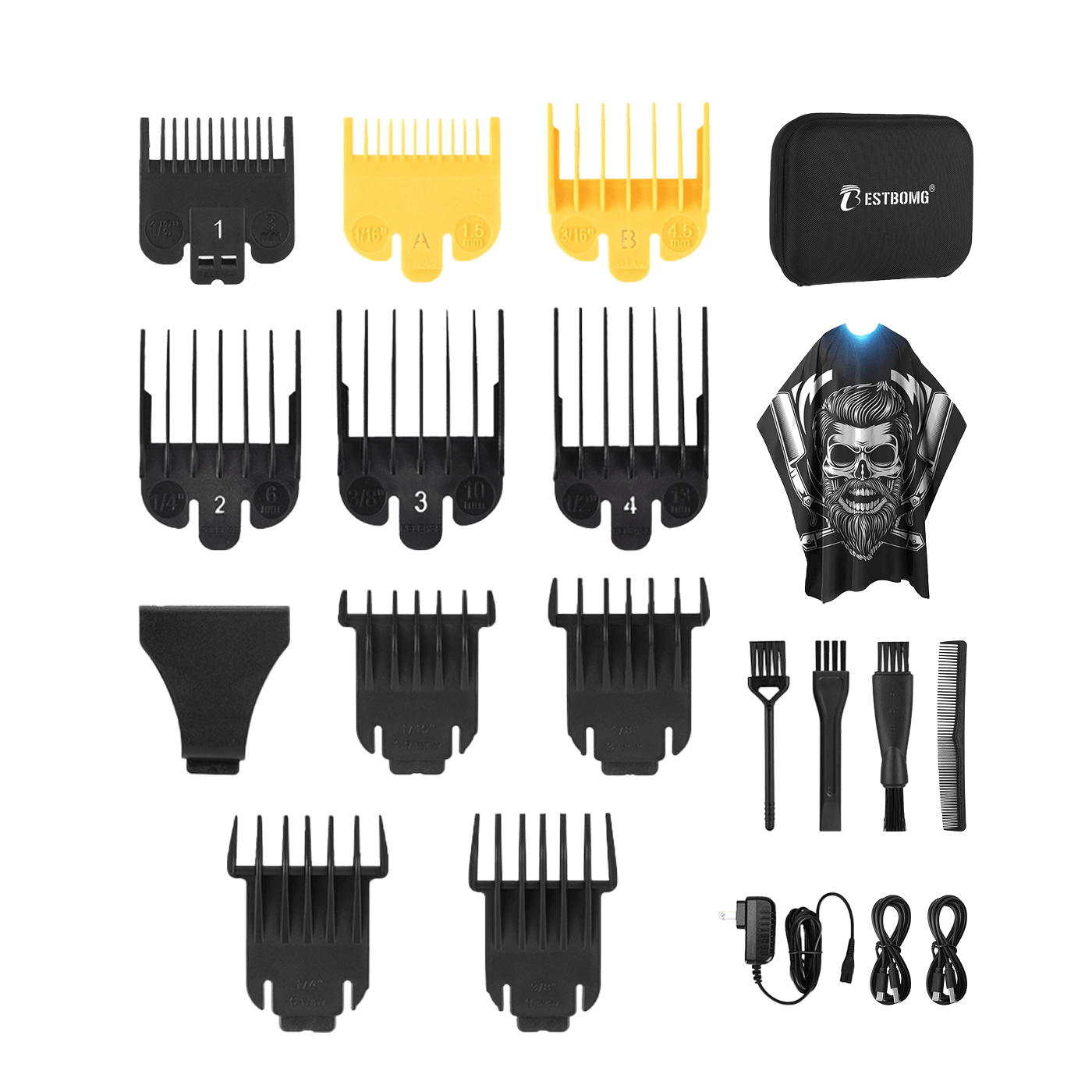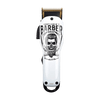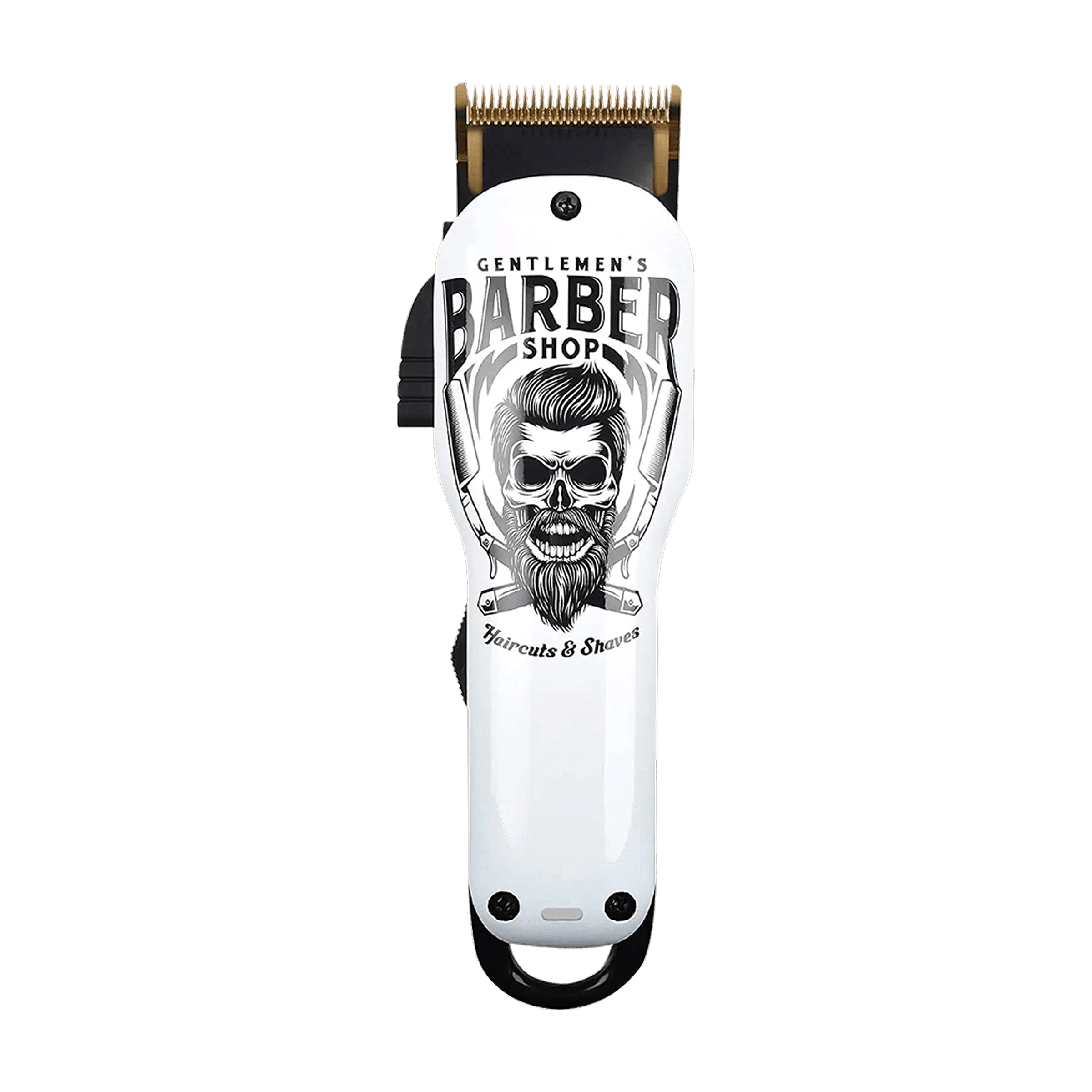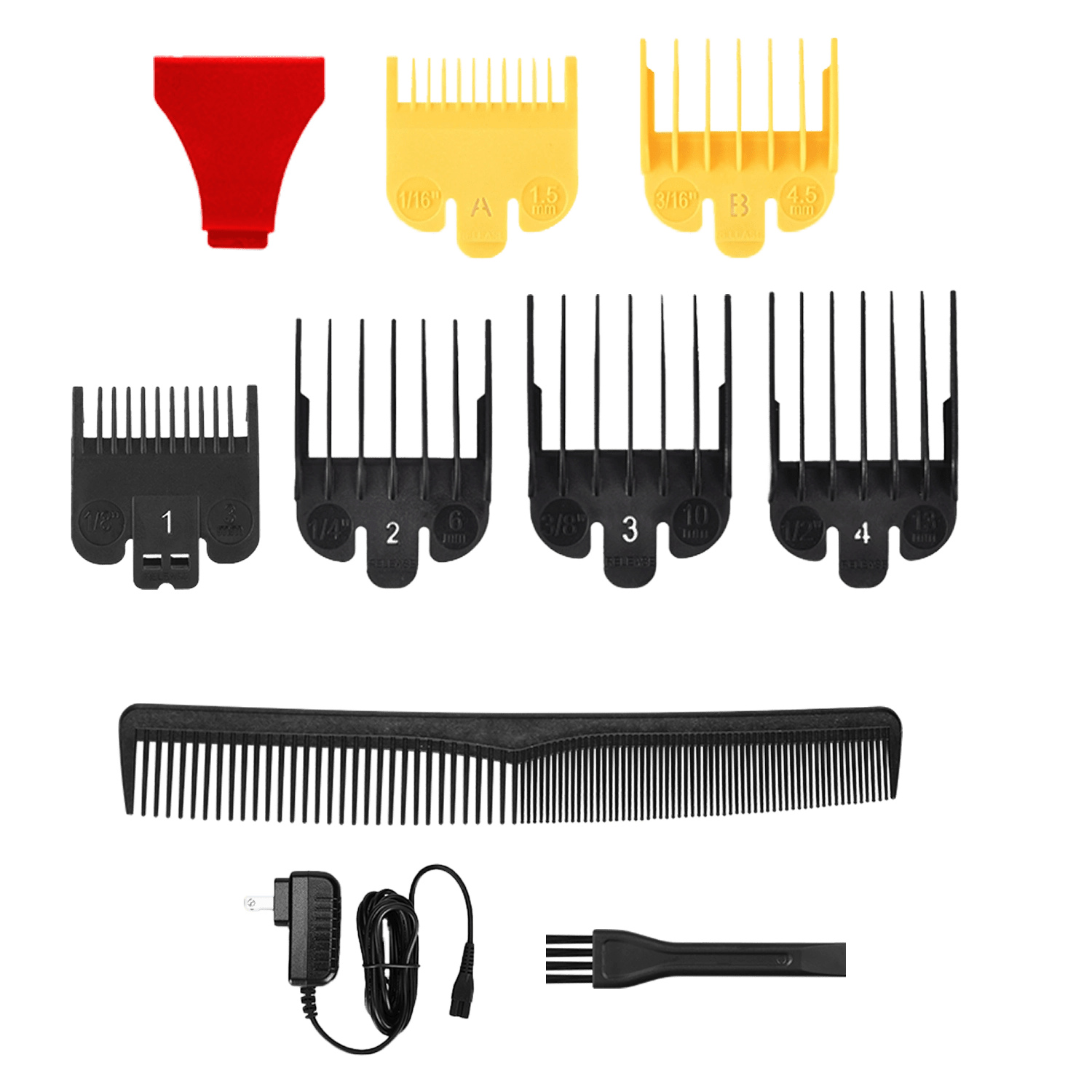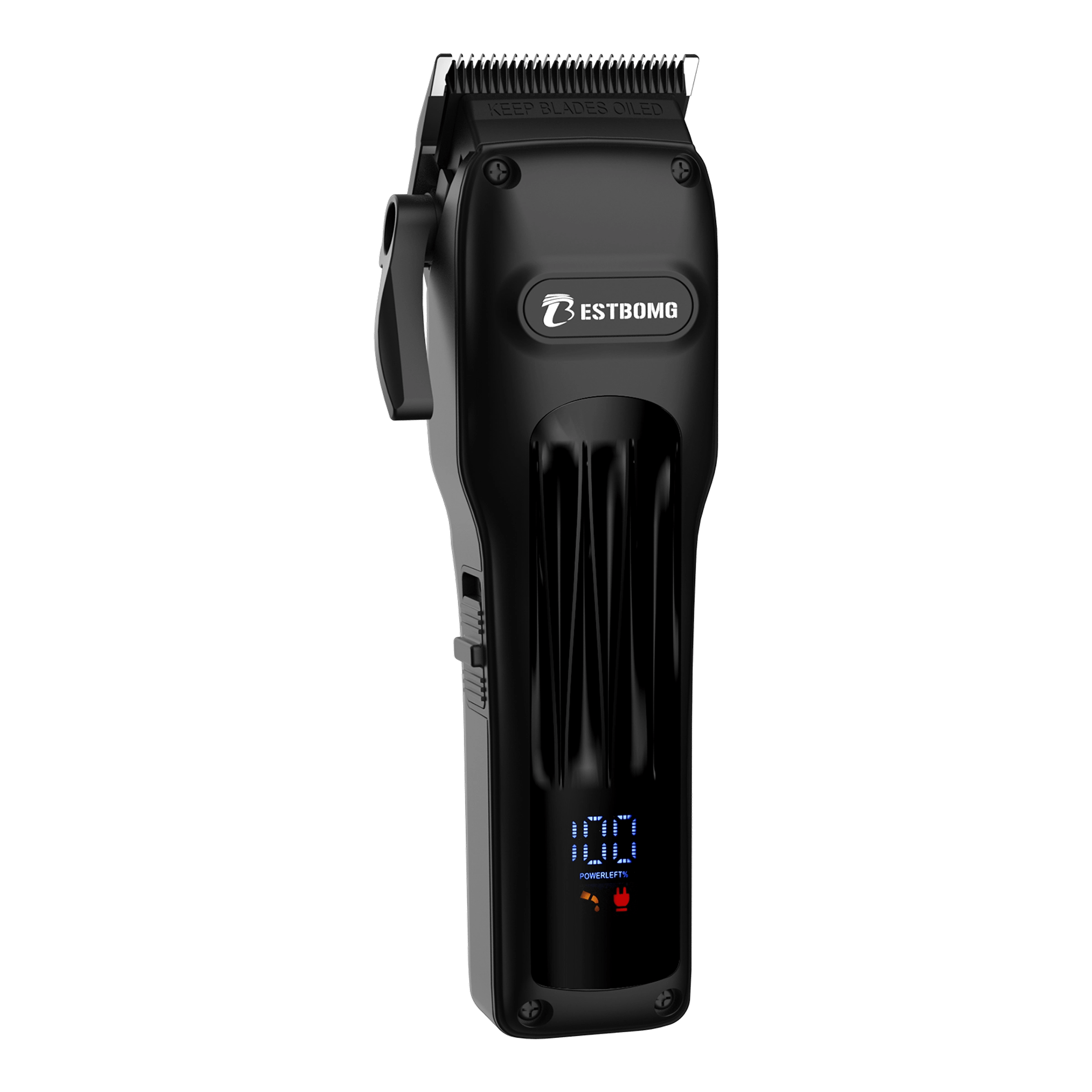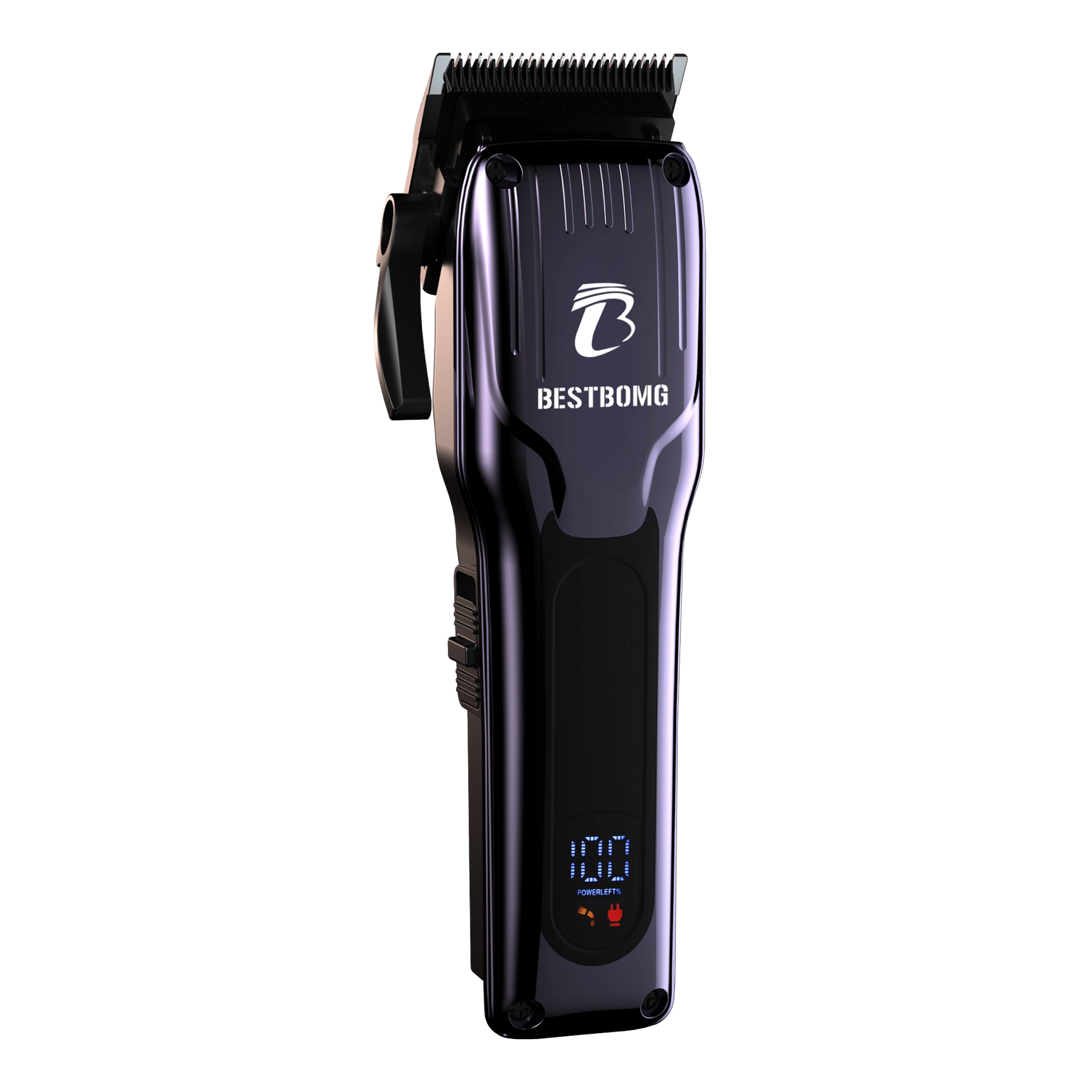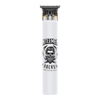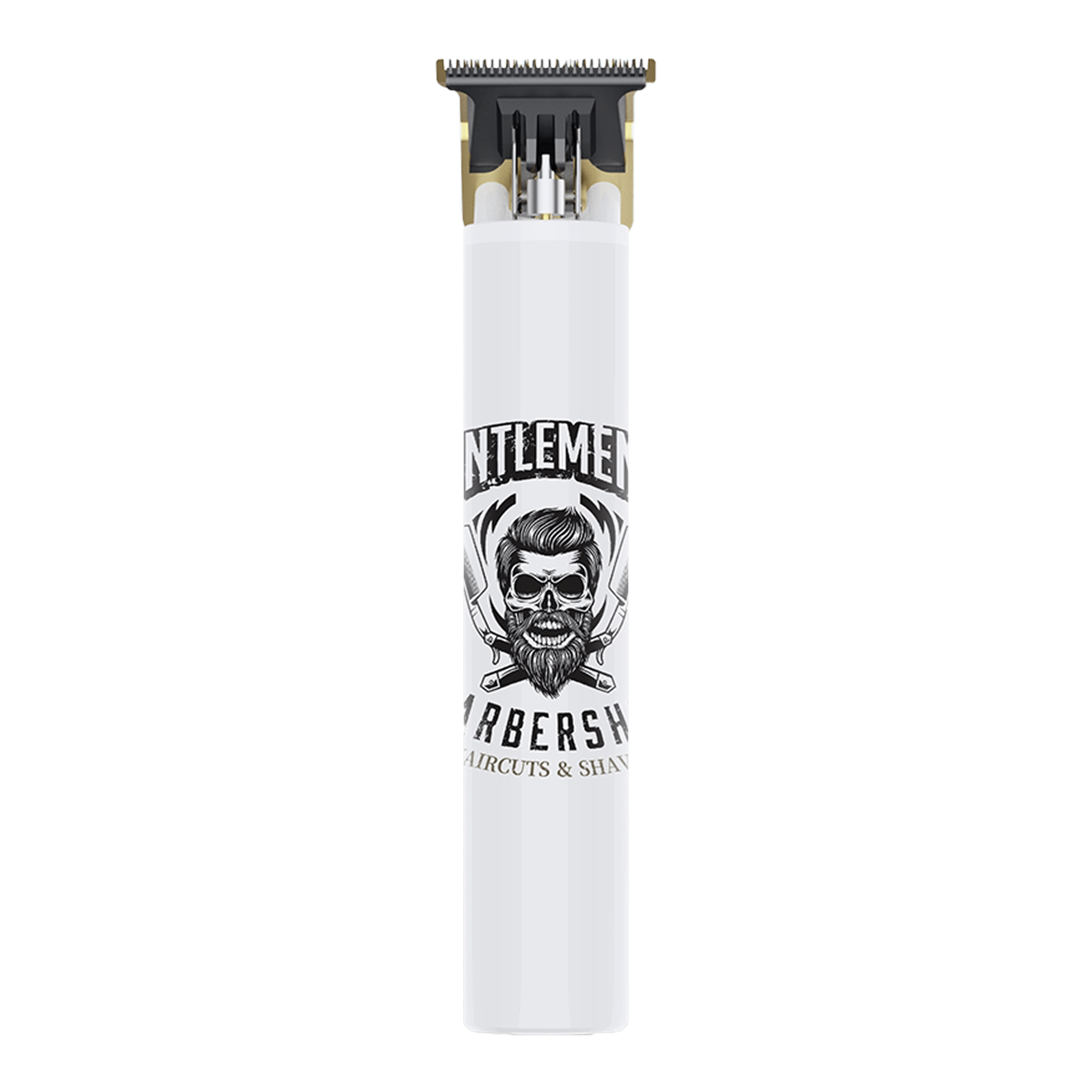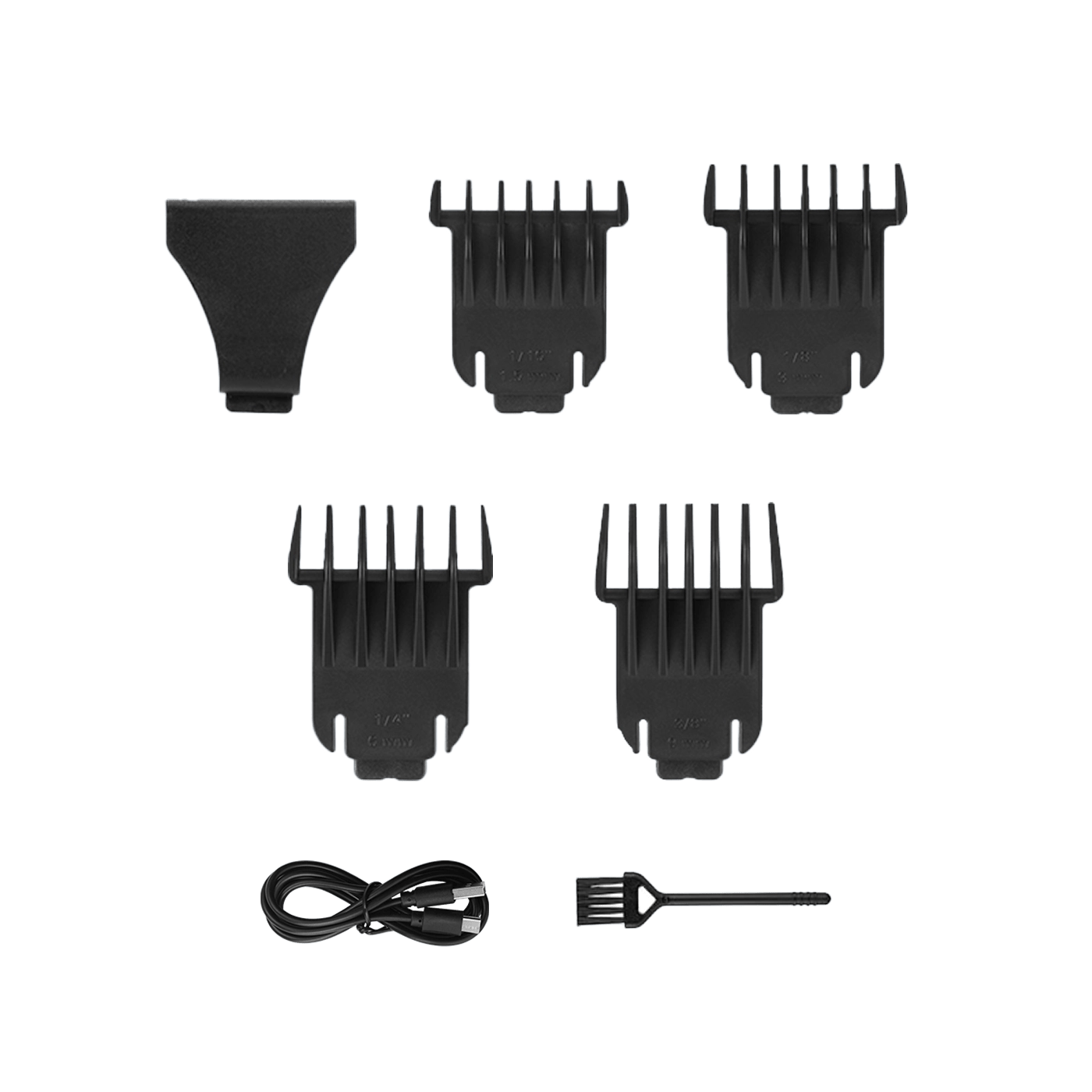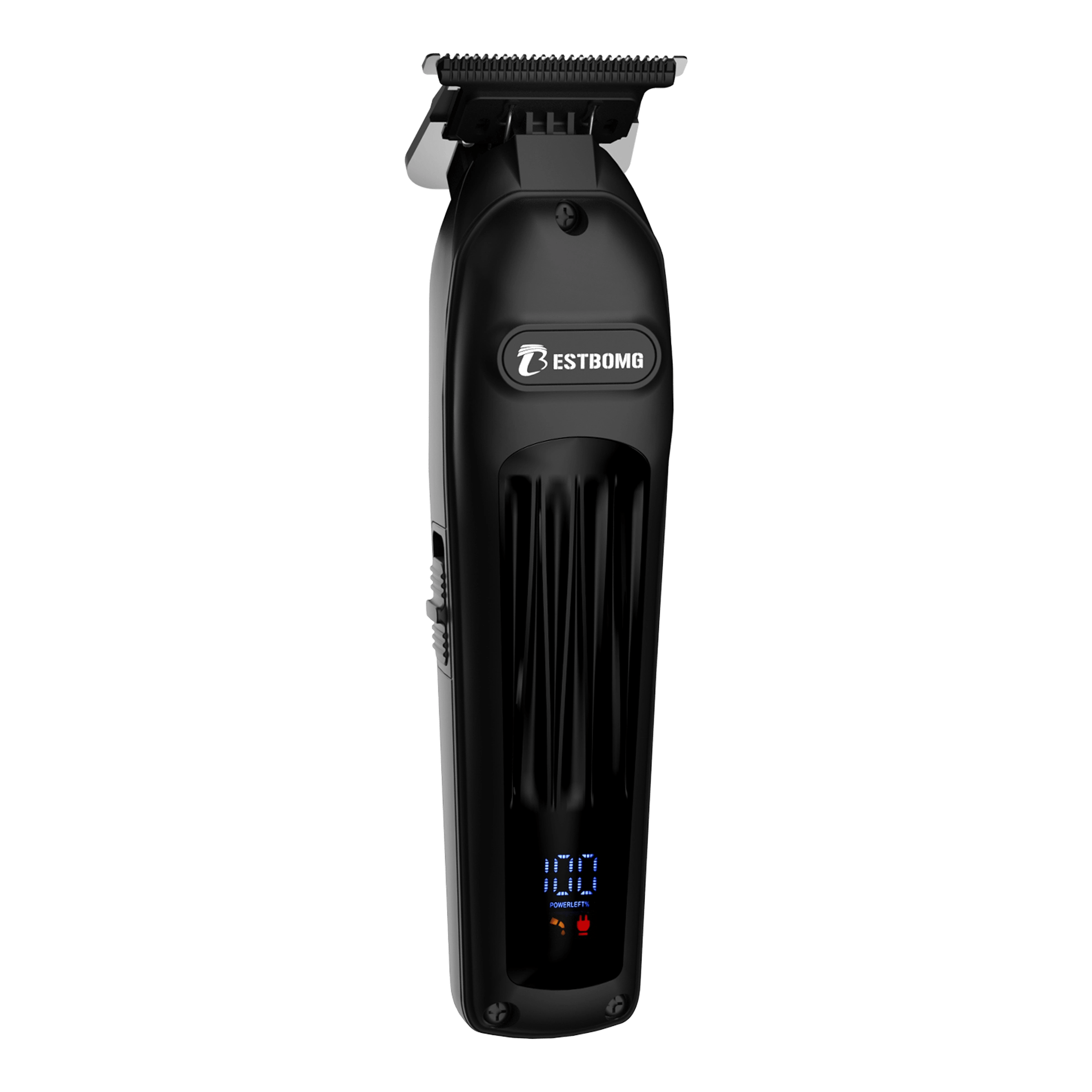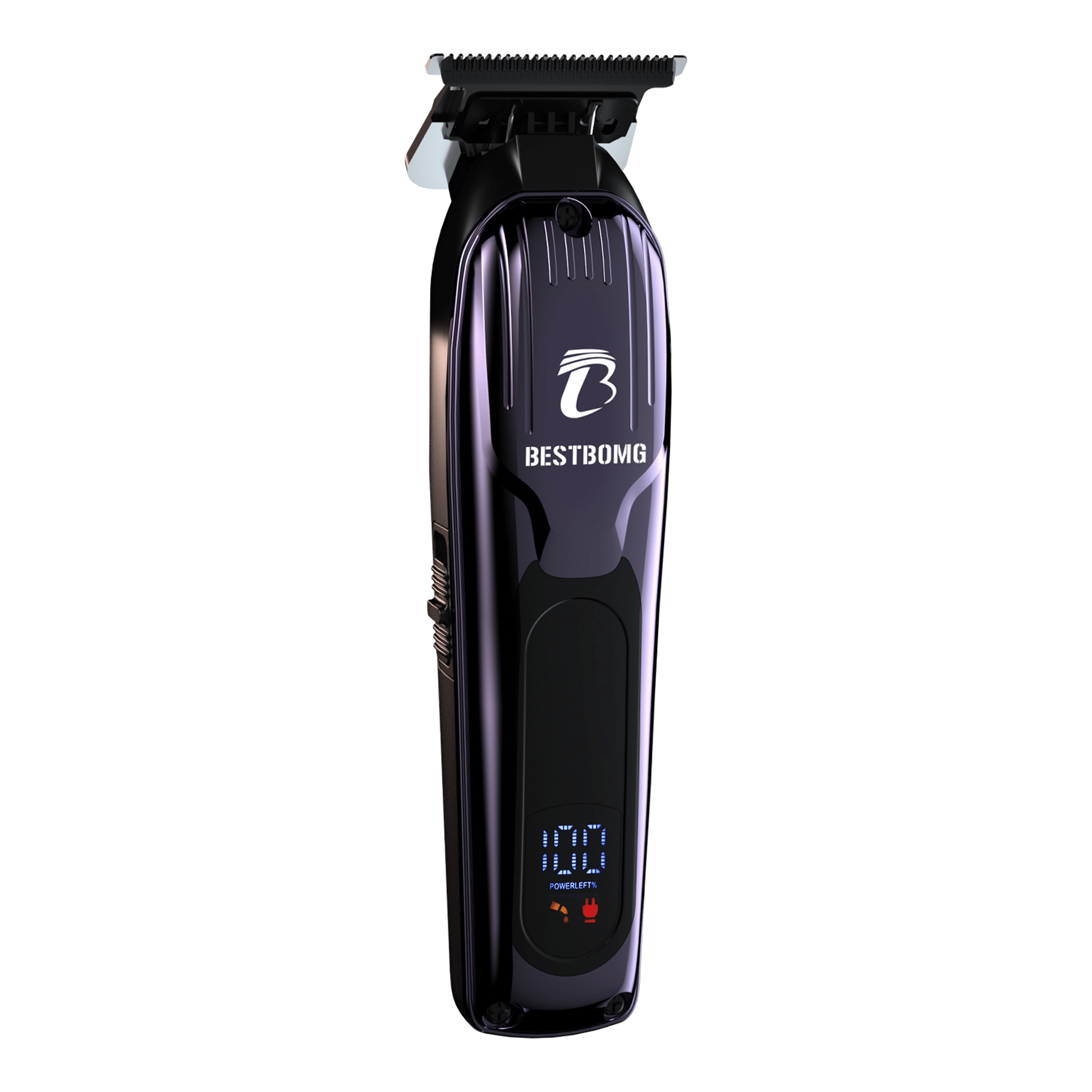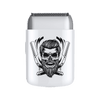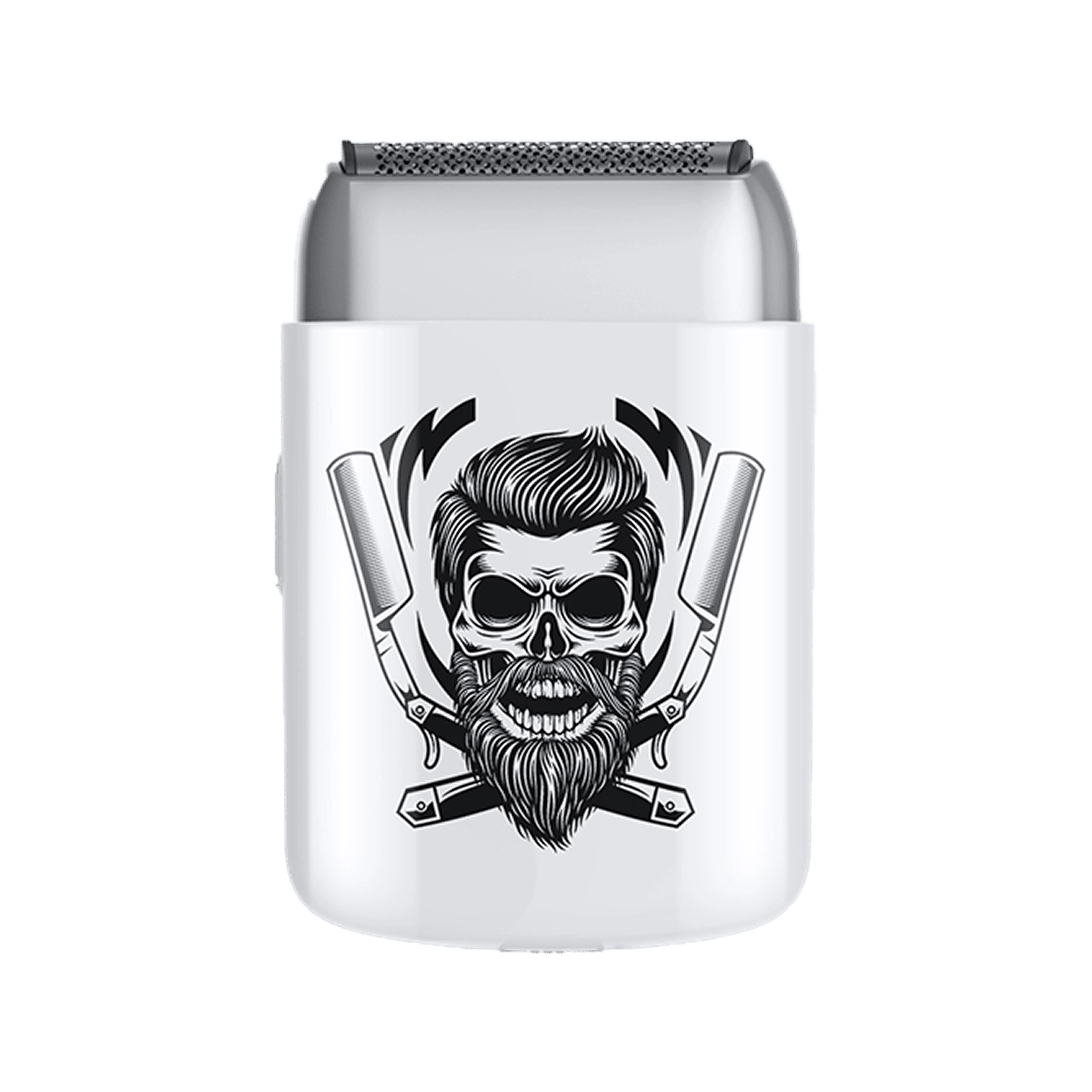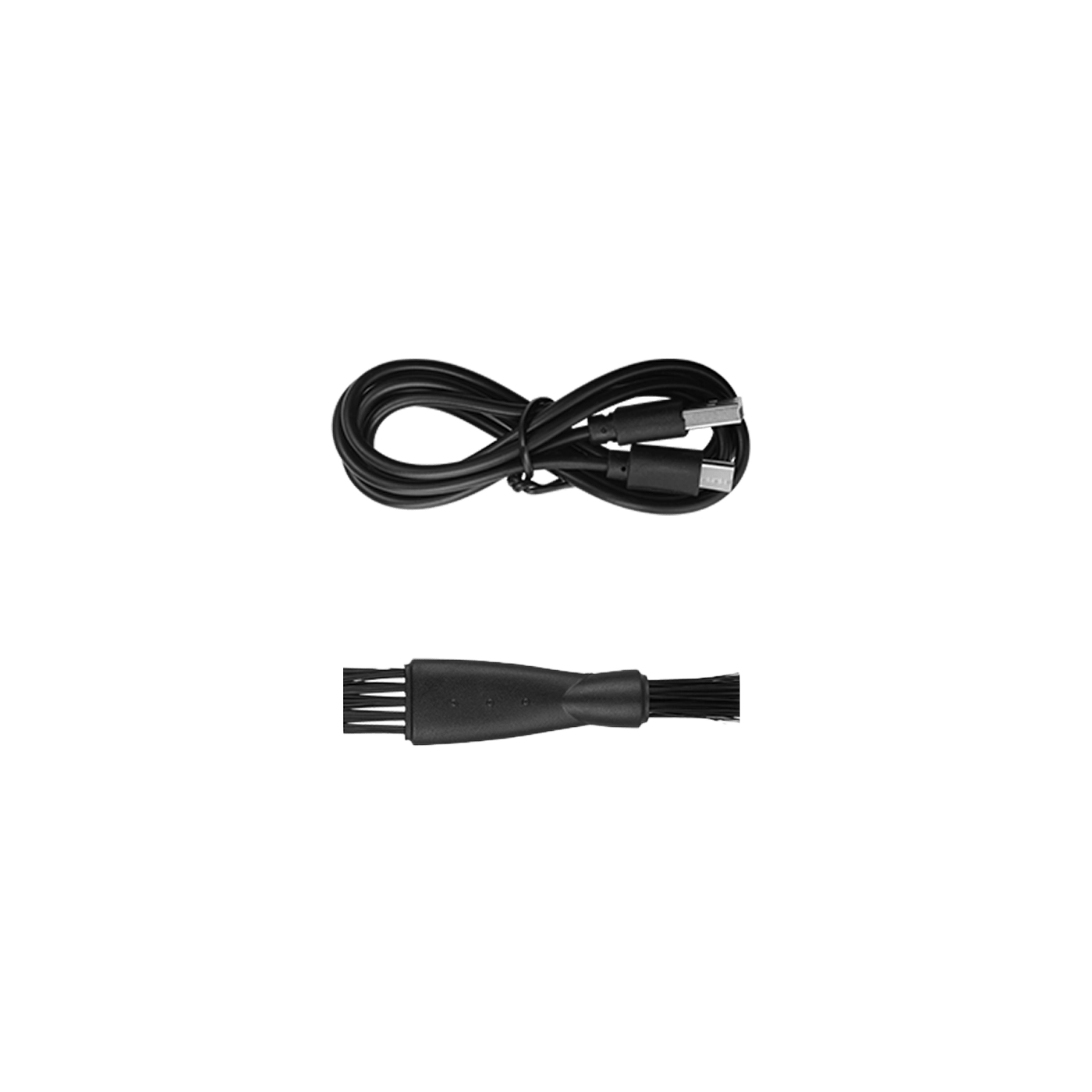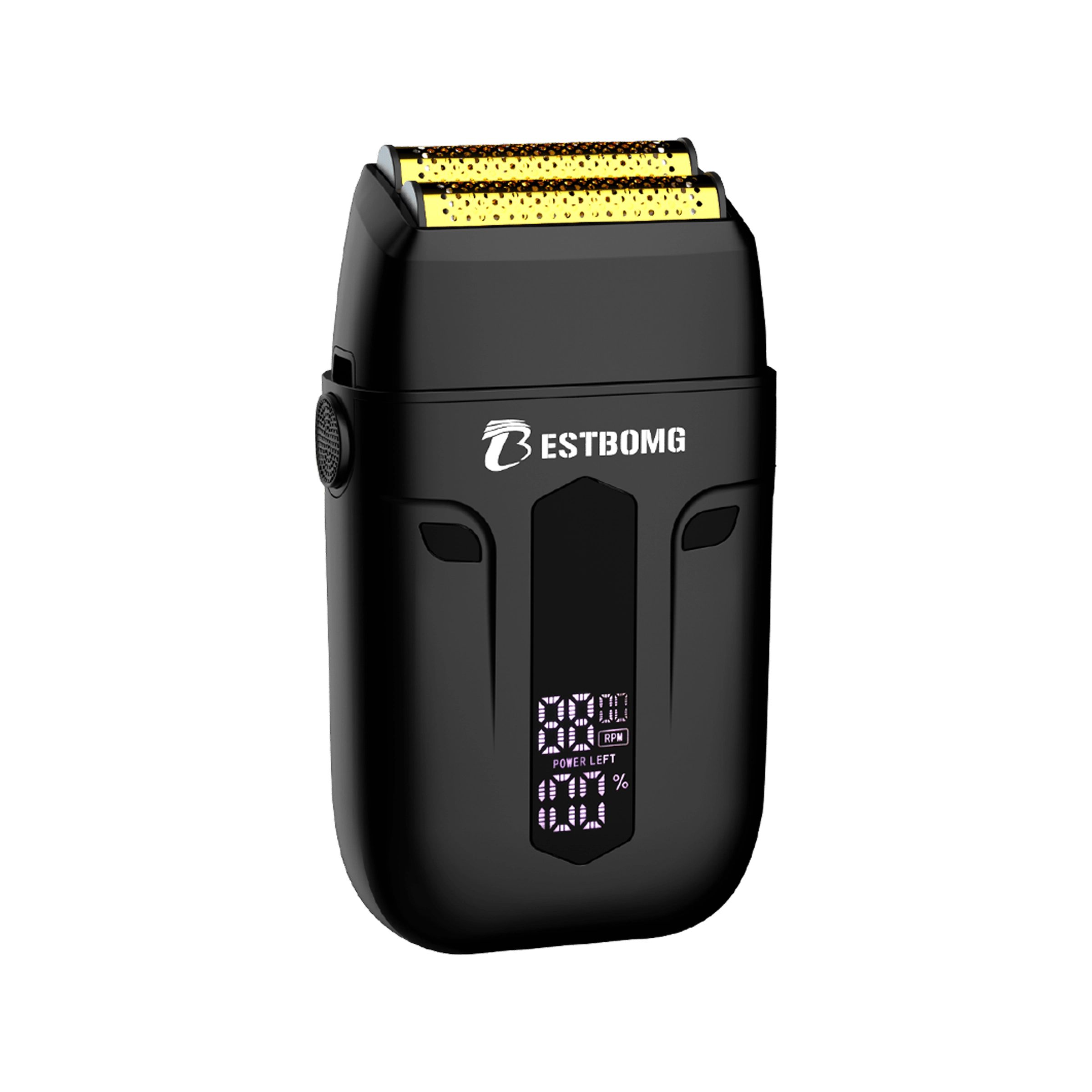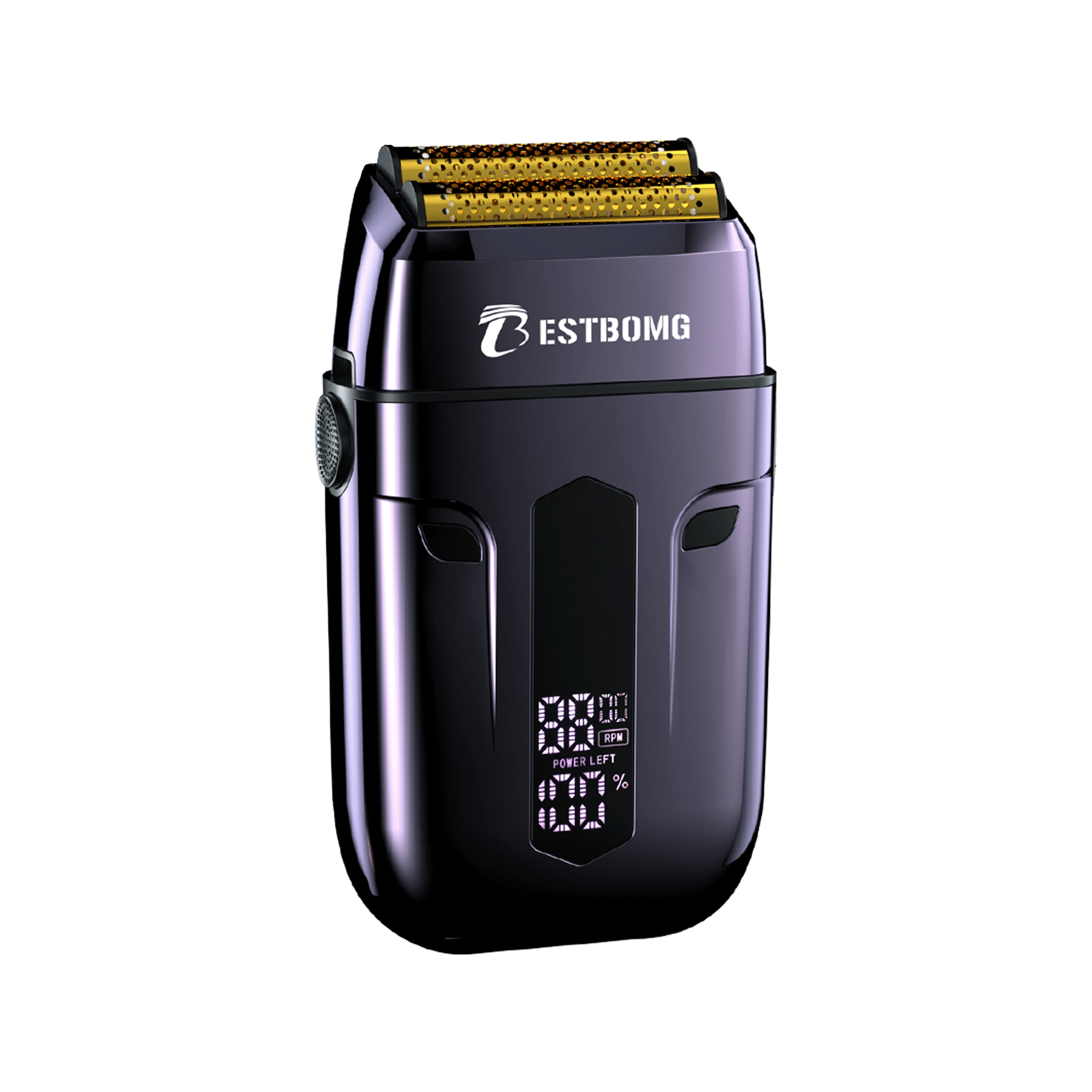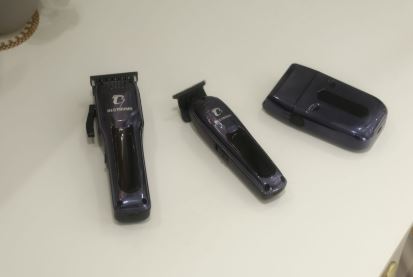Short answer: For most home haircuts, use clippers on clean, dry hair. Wet hair doesn’t feed evenly through clipper blades, can cause tugging, dull the edge faster, and raises rust/electrical‑safety risks. Major manufacturers (Braun, Philips, Wahl) advise towel‑dry to fully dry before clippering.
That said, pros sometimes work on slightly damp (not dripping) hair for specific techniques (e.g., clipper‑over‑comb)—but the tool body must stay dry and the device must be rated/used as the maker intends. Never use clippers in the shower or near water.
Why “dry” wins for clipper cuts
1) Blades feed hair better when it’s dry: Wet hair clumps, sticks to skin, and can slide under the teeth instead of into them—so you get missed strands, extra passes, and snagging. Philips explicitly notes that wet hair is harder to trim and can be missed; they advise clippering when hair is completely dry. Braun’s how‑to also cautions to dry hair fully first.
2) Truer length and cleaner blends: Wet hair sits flatter and “stretches,” which can trick you into taking more off than intended. Brand guides recommend drying so hair lies the way it will be worn, helping you see weight lines and blend accurately.
3) Less wear on the tool: Moisture + steel = rust risk on blades and inside the assembly. Independent guides also point out that wet hair can gum up blades and stress the motor.
4) Safety first: Manufacturer manuals are blunt: don’t use clippers in the shower or near water; don’t immerse the appliance. If the unit becomes wet, unplug immediately and dry thoroughly per the manual. Even for models with washable blades, the body is not meant to be wet.
Wet vs. dry cutting (at a glance)
|
Topic |
Dry hair (recommended) |
Wet hair (what happens) |
|
Feed through blades |
Even feed, fewer snags |
Hair sticks/clumps; more passes, possible tugging/snags |
|
Length accuracy |
What‑you‑see‑is‑what‑you‑get |
Hair stretches/looks longer; results can be shorter than planned |
|
Tool health |
Lower rust risk; easier cleanup |
Moisture can promote rust; wet clippings cake on blades |
|
Safety |
Standard handling |
Never use clippers in shower/near water; keep body dry |
|
When used |
Most clipper cuts |
Only slight damp for some pro techniques; body stays dry |
“But my barber sometimes sprays water—why?”

Pros might mist hair to tame flyaways or to combine scissor work and clipper‑over‑comb. Training materials mention doing clipper‑over‑comb on dry or slightly damp hair because very wet hair clumps and cuts unevenly. Key words: slightly damp, not dripping, and the clipper body stays dry. At home, it’s safer and simpler to clip dry.
What happens if you use clippers on wet hair?
- Snagging & uneven cutting: The hair slides and sticks, so the clipper may pull rather than slice cleanly.
- Multiple passes & irritation: You’ll re‑cut areas, risking redness and patchiness.
- Rust & dulling: Moisture accelerates corrosion on blades and inside the head, shortening blade life.
- Electrical risk: Manuals emphatically say no to showers/tubs/faucets. Keep the appliance body dry; only remove/rinse blades if the manual says you can.
When a (little) dampness can be okay
If you’re experienced—or following a pro video—and absolutely need control:
- Aim for towel‑dry/slightly damp, never dripping.
- Keep the clipper body and cord dry; if corded, set up away from sinks/tubs. Never use in the shower.
- Prefer clipper‑over‑comb or longer guards for bulk removal; finish and refine dry.
- Clean and oil immediately afterward to drive out any moisture.
Step‑by‑step: a safe dry clipper cut at home

1) Prep the canvas: Shampoo, towel‑dry thoroughly, then air‑dry until hair is fully dry. Comb out snarls and remove product buildup (grease can clog blades).
2) Plan your guard numbers: Start longer than you think, then step down (#4 → #3 → #2, etc.). This is the most beginner‑proof way to avoid taking too much off.
3) Sides and back first: Work against the grain, upward from the neckline toward the “ridge” (the horseshoe around the head). Use a light C‑stroke to flick out before you reach the ridge.
4) Blend the transition: Use your taper lever like a micro‑guard: lever up = closer, down = longer. Finesse the shadow line with short, tapping strokes until it melts. (Wahl and Braun both teach lever blending.)
5) Cut the top: Go one or two guards longer on top or use clipper‑over‑comb for shape. Cross‑check by combing in different directions and making light, even passes.
6) Edge & detail: Trim sideburns, around ears, and neckline using a shorter guard or no guard with lever up; lightly tap lines rather than dragging long strokes.
7) Clean & oil: Brush or rinse the blade (if your manual allows), dry thoroughly, and add a few drops of clipper oil across the teeth and rails. Let the clipper run 5–10 seconds, then wipe excess. This reduces heat, friction, and rust.
If you still want to clip slightly damp hair (do this)
- Towel‑dry to “just damp.” No drips. Comb thoroughly so hair feeds cleanly.
- Keep the device dry. Set up away from water; if corded, route the cord safely. Never use in/near a shower.
- Use longer guards and slower passes. Damp hair is heavier; move deliberately and don’t force the tool.
- Dry‑finish for accuracy. Once mostly done, finish and blend dry so lengths match how the hair will actually sit.
- Immediate maintenance. Clean, dry, and oil the blade to push out residual moisture and prevent rust.
Do barbers cut wet or dry?

Both—depending on technique. Many barbers clipper the sides/back dry for clean feeds and accurate blending, then mist or wet sections for scissor work on top. Consumer grooming sites note towel‑dry or dry is best before clippering; broader salon media discuss benefits of dry vs. wet cuts for scissors (texture visibility vs. speed/manageability). For home clippers, dry remains the easiest and safest default.
Care that prevents rust, heat, and tugging
- Clean after every use. Brush hair out; if the manual allows, remove/rinse the blade set (not the whole unit), then dry completely.
- Oil regularly. A couple of drops across the teeth and rails; run briefly; wipe excess. This keeps the action smooth and cooler.
- Store dry. Cap the blade and keep clippers in a low‑humidity spot. Manuals warn against bathrooms or places they can fall into water.
Quick buying notes (for easier, cleaner cuts)
Look for: reliable motor, solid guards, taper lever (for blending), and easy blade removal for cleaning. If you share a clipper in the household, consider runtime and accessories.

- BESTBOMG Premium Hair Clippers — 7000 RPM motor, 8 guards (~1.5–19 mm), long cordless runtime; a flexible all‑rounder for families.

- BESTBOMG Y4 Hair Clippers — 6500 RPM motor, 0.5–2.0 mm adjustable blade for close detailing + 6 guards, up to 240 minutes cordless.
Bottom line
If you’re wondering “can you use clippers on wet hair?”—you can, but you shouldn’t for most home haircuts. You’ll get cleaner feeds, better blends, more accurate length, and safer tool care by clippering dry. If you do lightly dampen for control, keep it just‑damp, keep the tool body dry, and finish dry—then clean and oil right away.
Frequently Asked Questions:
What happens if you use clippers on wet hair?
Wet hair can stick/clump, causing snags, uneven feeds, more passes, and can boost rust risk on blades. Brands advise clippering on completely dry hair.
Is it easier to cut hair wet or dry with clippers?
Dry is easier and more accurate with clippers. Wet cutting is mainly a scissor technique; for clippers, dry hair feeds better and gives truer length.
Can a barber cut your hair if it’s wet?
Yes—barbers use wet for many scissor cuts—but they typically clipper dry (or just slightly damp) to avoid clumping and to see weight lines.
Do barbers prefer to cut wet or dry hair?
It depends on the technique. Salon media outline pros for both methods: dry cutting shows natural fall/texture; wet is fast/manageable for scissor work. For clipper work, brand guides favor dry.
Should hair be wet or dry when using clippers?
Dry. Braun, Philips, and Wahl say to dry hair fully before clippering; keep the appliance body away from water; never use in the shower.
Weiterlesen

Foil Versus Rotary Shaver: Which Electric Shaver Is Best for You?
Choosing an electric shaver shouldn’t feel complicated. The truth is, both foil shavers and rotary shavers can deliver a clean, comfortable shave—the best pick depends on your skin, hair, and habit...
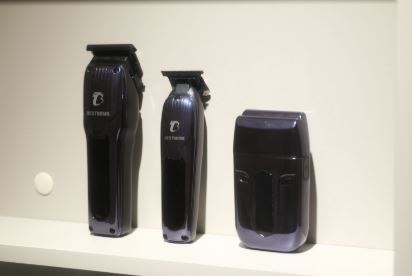
Cutting Men’s Hair with Clippers: Step-by-Step Beginner’s Guide
You don’t need a barbershop setup to get a clean, confident men’s haircut with clippers at home. With the right guards, a light touch, and a simple plan, you can master a clipper haircut—from an ev...
